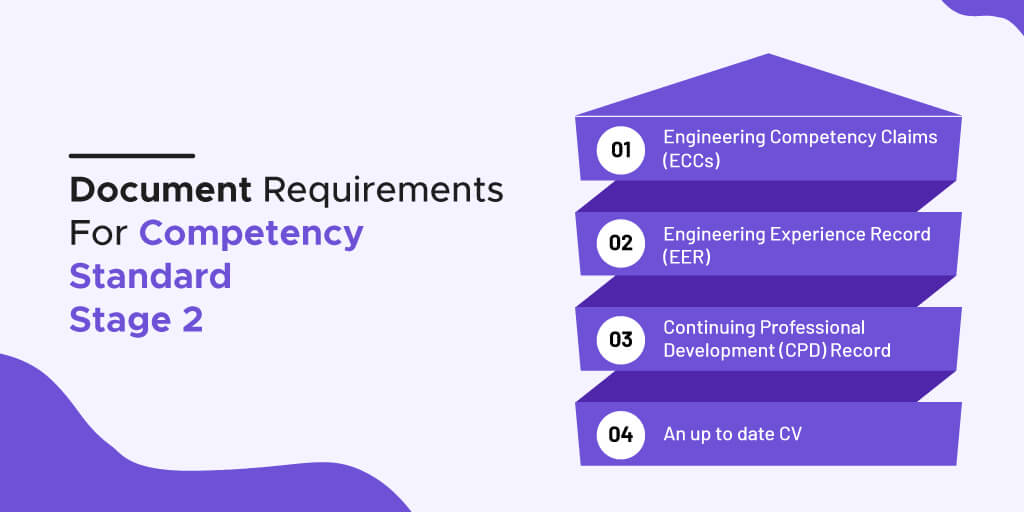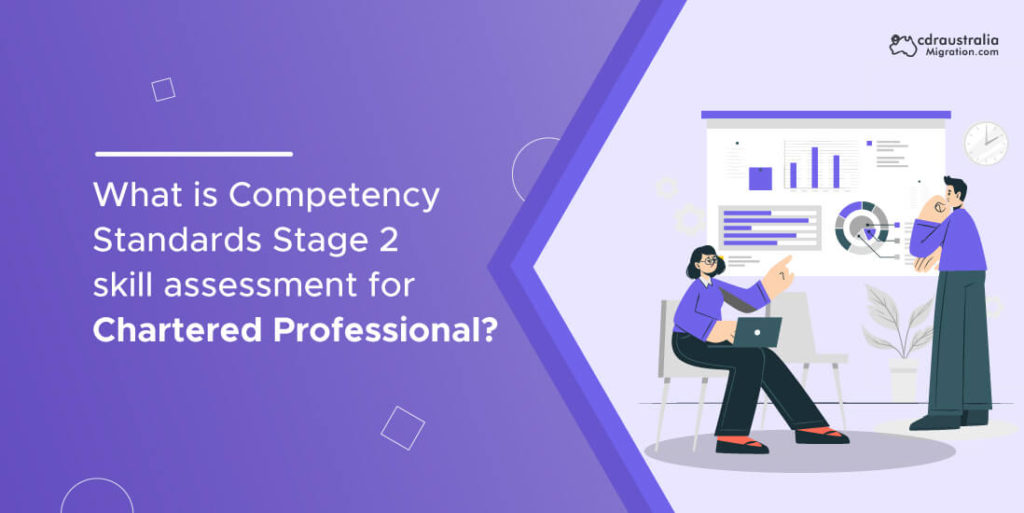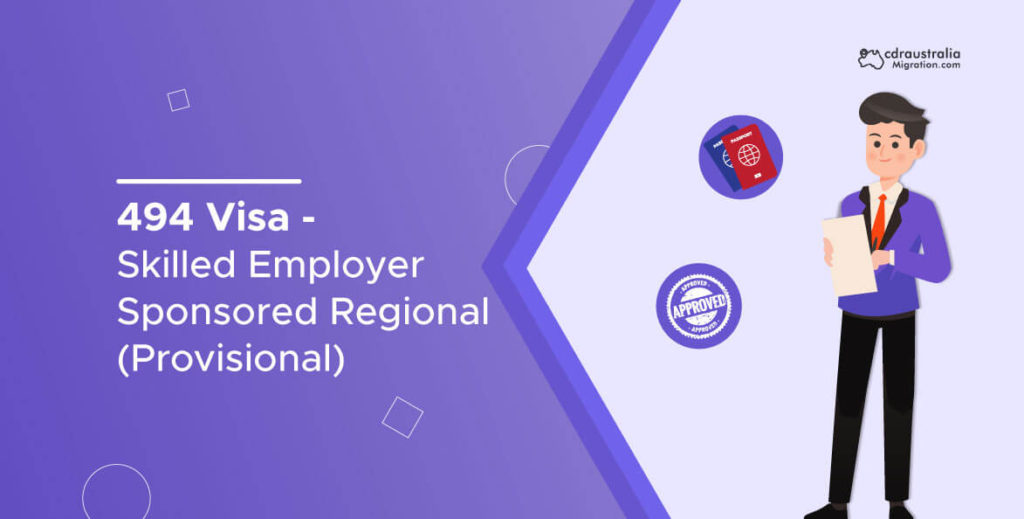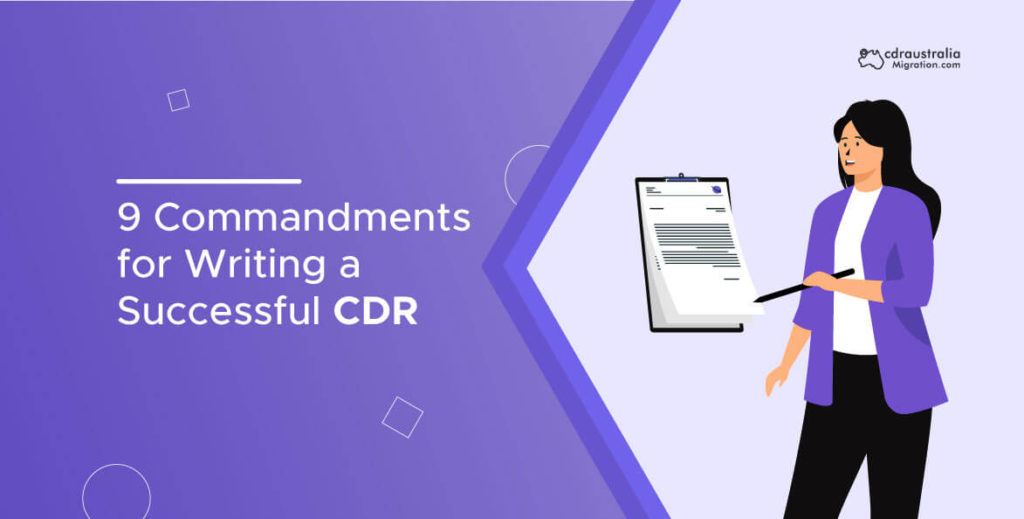Professional engineers regarded as talented, creative, and innovative for the growth of a nation are offered chartership. Being a Chartered Professional Engineer shows a person’s responsibility, experience, talents, and skill in the engineering field.
The Competency Standards Stage 2 is defined by Engineers Australia as an assessment parameter for obtaining the Chartered Professional Engineer status. Whereas, Chartered status involves obtaining a Professional Engineering qualification. Through years of experience and practice, Chartered Professionals have achieved the highest degree of professional competence in the relevant subject.
Stage 2 Competency
Stage 2 Competency evaluation for Chartered membership is a government requirement for professional credential recognition in the industry and among the general public worldwide. It is a legal requirement to maintain the same level of competence in the concerned domain once you have earned the CPEng.T he Competency Standards Stage 2 tests for CPEng, or Professional Engineers, provide a pathway to Engineers Australia’s Chartered membership (CEngT). Not only that but the person is also registered with the National Engineering Register (NER).
Roles of professional engineers
A professional engineer seeking the CPEng must demonstrate a certain level of competence in the practice area over the course of your career. In addition, you must be able to demonstrate your ability to effectively utilize such levels of expertise, as well as your ability to behave well in various circumstances. Some of the Expectations from Experienced Professional Engineers include the following:
- Clients’ explicit and implicit requirements, as well as the expectations of all stakeholders, must be recognized (society involved)
- Must optimize social, economic, and environmental outcomes during the duration of the project/program.
- Being a successful bridge between a variety of disciplines, professional domains, and individual.
- You are interpreting the consequences of technological advances for business, society, and government.
5. Considerations both technical and non-technical are considered.
6. Manage risks and deal effectively with sustainability issues, amongst others.
Stage 2 skill assessment required documentation
Engineers Australia, one of Australia’s most renowned engineering networks, permits its members to become Chartered Engineers, which offers you a lot of possibilities. This article explains how to become a professional engineer with Engineers Australia’s Chartered Status. There are several documentation requirements to follow while applying for CPEng, which leads to Chartered Status recognition as a Professional Engineer. Each of the required documents is presented as evidence in support of your engineering competency claims. The things necessary by Engineers Australia for registration as a Chartered Professional Engineer are listed below.
Document for competency standard stage 2
- Engineering Competency Claims (ECCs)
- Engineering Experience Record (EER)
- Continuing Professional Development (CPD)
- An up to date CV
Engineering Competency Claims defines how active you have been in technical engineering projects personally, CDR Report’s professional writers and engineering specialists support your claims for their good comments. The Stage 2 Competency Standards emphasize a commitment to service, demonstration of value at work, ability to represent technical skills, and responsibilities to the community as an engineer.
In around 700 words, the Engineering Experience Record (EER) creates a summary description of your employment record, encompassing all of the roles you’ve done. These submission elements are difficult and time-consuming, and they demand a thorough knowledge of the EA expectations.

Different types of assessment pathway
The type of submissions will also be determined by the assessment pathway chosen. You have the option of selecting an acceptable path to the eChartered Competency Assessment.
- Professional Development Program (PDP)
- Engineering Competency Report (ECR)
- Mature Experience Engineer (MEE)
- Mutual Recognition Agreement (MRA)
The overall number of ECCs or engineering competency claims will range from 11 to 16 if you choose the eChartered Pathway for submission. Those who choose the Engineering Competency Report (or ECR) pathway must submit 16 ECCs (engineering competency claims). Each ECC claim goes into great detail on the personal experience and exposure to technological tasks in this section.
Why choose CDR Australia Migration?
CDRAustraliaMigration has a professional team to guide you with your CDR writing tasks; you can always depend on us for CDR Writing Services. Should you need any further information/details, please do not hesitate to contact us for quick assistance.



